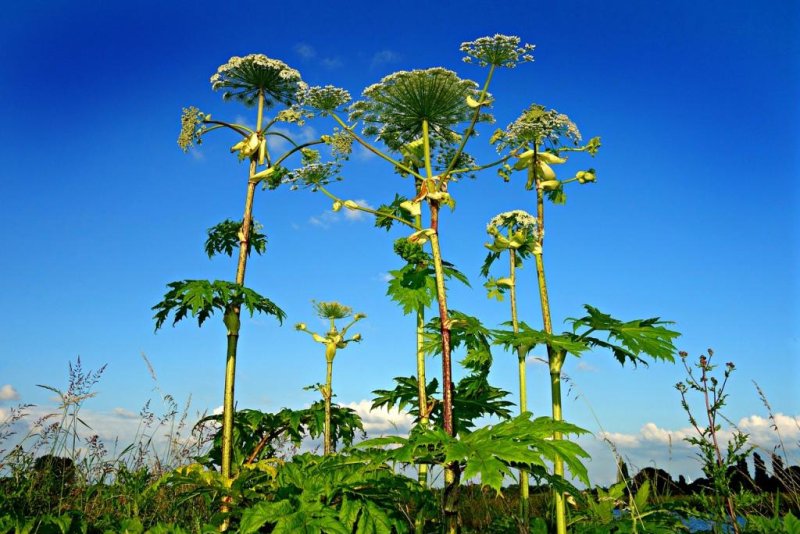June 19 (UPI) -- The toxic invasive plant called giant hogweed is usually found in New York and the Northeast, but the dangerous invader was recently discovered in Virginia. Officials worry the plant is spreading.
The large plant's sap contains chemicals called furanocoumarins, which make a person's skin more sensitive to sunlight. Skin exposed to giant hogweed and sunlight can develop third degree burns.















